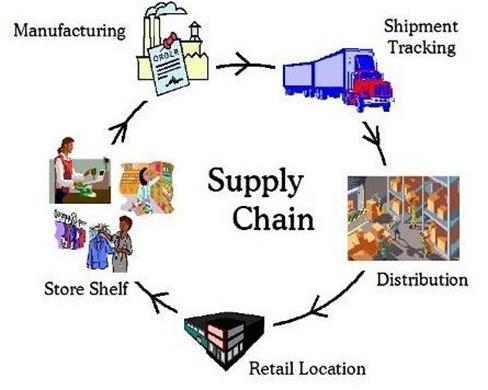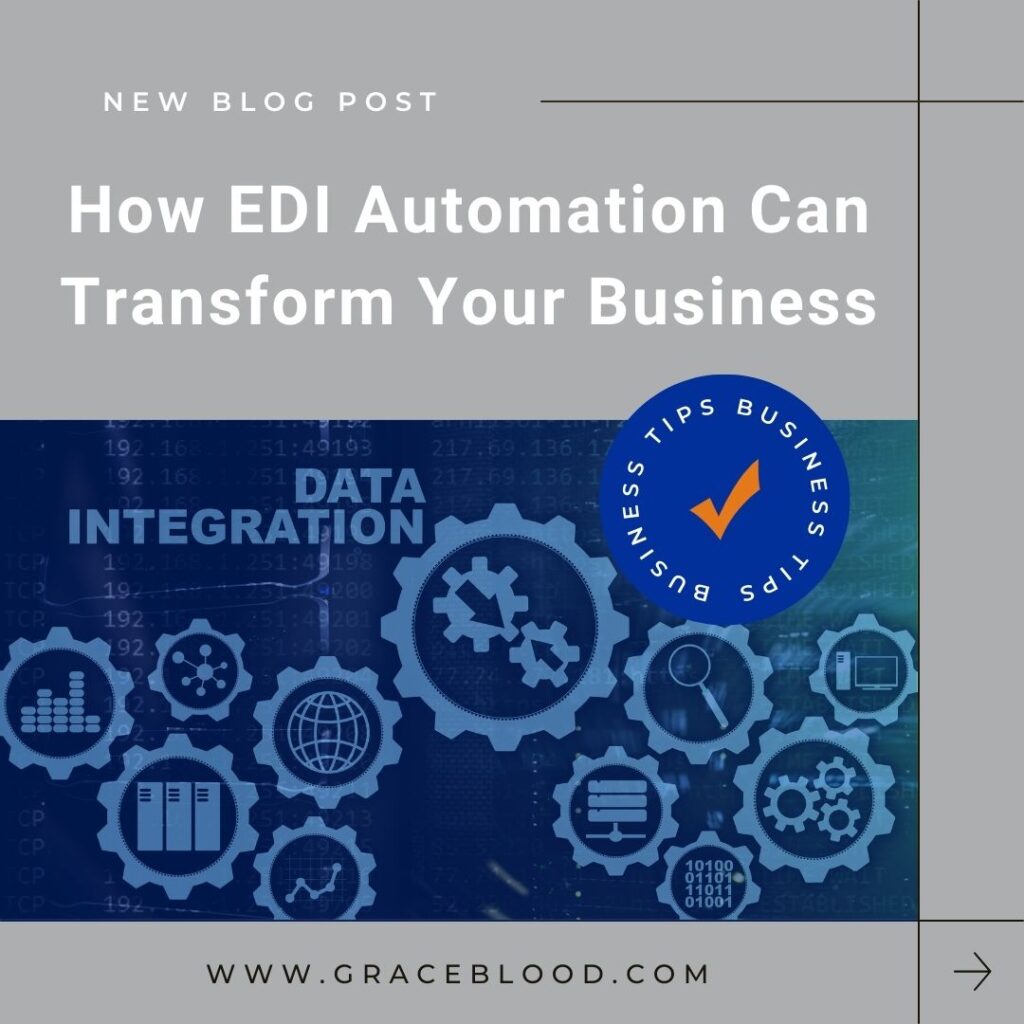 SDQ (Ship Destination Quantity) purchase orders are also referred to as spreadsheet or explosion orders. These types of purchase orders can create efficiency gains by eliminating redundant data that would need to be sent on multiple non-SDQ orders. This reduction of data is accomplished by sending the header data only once as opposed to sending it multiple times on multiple orders. SDQ orders also need a way to send multiple locations for the items being ordered. This is where the SDQ segment comes into play. The SDQ segment is essentially a set of grouped fields that contain a location number and an order quantity for that location. This allows one SDQ order to potentially be expanded into multiple orders.
SDQ (Ship Destination Quantity) purchase orders are also referred to as spreadsheet or explosion orders. These types of purchase orders can create efficiency gains by eliminating redundant data that would need to be sent on multiple non-SDQ orders. This reduction of data is accomplished by sending the header data only once as opposed to sending it multiple times on multiple orders. SDQ orders also need a way to send multiple locations for the items being ordered. This is where the SDQ segment comes into play. The SDQ segment is essentially a set of grouped fields that contain a location number and an order quantity for that location. This allows one SDQ order to potentially be expanded into multiple orders.
How SDQ Purchase Orders Work
Like other purchase orders, the SDQ purchase order contains header information and detailed information. What makes SDQ purchase orders different is the presence of the SDQ segment at the detail level of the order. This SDQ segment gives specific location numbers and quantities for that location.
SDQ Order Example
PO1*000000001*8*EA*27.50**UP*123456789012~
CTP**RES*89~
SDQ*EA**0002*1*0004*1*0006*1*0010*1*0025*1*0030*2*0059*1~
In the above example, the buying party is ordering 8 units of UPC 123456789012. The breakdown and destination of that item can be determined in the SDQ segment. Location’s 0002, 0004, 0006, 0010, 0025, and 0059 each should receive one unit. Location 0030 should receive 2 units. The SDQ segment can contain as few as one location/quantity combination and as many as 10 location/quantity combinations in one segment. There can also be multiple SDQ segments following one PO1 segment.
Shipping and Delivery in SDQ Orders
It is also necessary to know how to determine where the merchandise will be shipped to on an SDQ order. The first thing to check is for the presence of an N1 segment that contains a qualifier that indicates it is a ship-to location. If the header data in the SDQ order contains an N1 segment with a ship-to qualifier, this should indicate that all of the locations contained in the SDQ segments at the detail level will be shipped to the location contained in that N1 segment. Usually, that also indicates the ship-to location is a distribution center and the shipping containers will need to contain information that identifies the ultimate location for the shipment. This type of order is also known as a cross-dock order. Meaning they are shipped to a distribution center, but they are marked for a store as the ultimate destination. If the header data for the order doesn’t contain an N1 segment with a ship-to qualifier, then the location numbers in the SDQ segment should be used to determine shipment information. This may require shipping directly to the location indicated in the SDQ segment or it could also require using a routing guide that indicates where to ship goods for the ordering location that are contained in the SDQ segment.
Managing SDQ Orders
Unless you are already fortunate enough to possess a solution for handling SDQ orders, it can be a daunting challenge dealing with this type of order. One solution is to expand or explode this single order into multiple traditional orders. To accomplish this there will need to be one order created for each unique location contained in the SDQ order. The header information in the 850 will usually need to be applied to each order that is created from the SDQ order for all of the locations. Using the SDQ segment, each item needs to be added to the newly created orders that have been ordered for each specific location. After expanding an SDQ order into multiple orders, it should then be possible to process those orders in the same manner as more traditional non-SDQ orders are processed.
Ultimately the goal is to deliver the right products in the right quantities at the right time. Achieving this goal benefits everyone from the original manufacturer to the end consumer. The SDQ order is just another example of an innovative way to increase efficiency that will hopefully help achieve that goal.
Other Types of Purchase Orders
There are several types of purchase orders, each serving unique purposes within supply chain operations. Below are the most common types:
Standard Purchase Order (PO): A standard PO is issued for one-time purchases with fixed terms for quantity, price, and delivery schedule. These are the most commonly used purchase orders.
Planned Purchase Order (PPO): This type of PO is used when the buyer schedules deliveries of goods at a later date. Quantities and prices are agreed upon upfront, but delivery details are flexible.
Blanket Purchase Order (BPO): Blanket POs are issued for recurring purchases over a specific time frame. They’re useful for long-term vendor relationships and repeated orders.
Contract Purchase Order (CPO): This type of PO establishes the terms of a purchasing agreement but does not specify the exact items or quantities being purchased.
Ship Destination Quantity (SDQ) Order: As described earlier, SDQ orders are used for distributing products to multiple destinations efficiently. They’re commonly referred to as spreadsheet or explosion orders.
Contact us if you need assistance dealing with SDQ purchase orders.
Learn more about how to thrive in a world full of supply chain challenges in our free eBook: Supply Chain Insights








